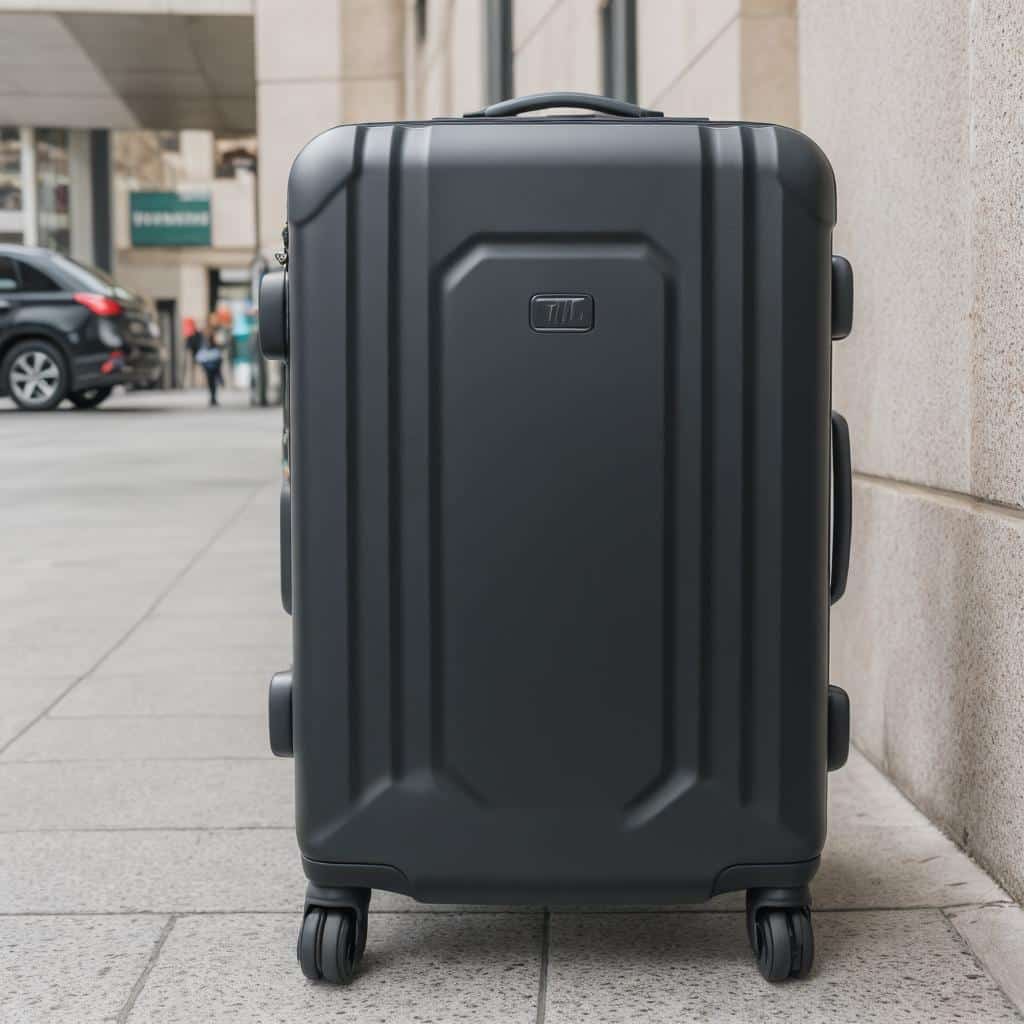
Gather Supplies and Short Your Clothes
“Best way to pack clothes for moving” Before packing your clothes for a move, gathering the necessary supplies and sorting your clothes into categories is important. This will help streamline the packing process and ensure your clothes are properly organized and protected during the move.
A. Essential Supplies for Packing Clothes:
- Sturdy boxes or plastic bins: Choose durable containers that can withstand the weight of your clothes.
- Packing tape: Securely seal the boxes to prevent them from opening during transit.
- Bubble wrap or packing paper: Use these materials to wrap delicate or fragile clothing items to provide extra protection.
B. Sort clothes into categories:
- By season: Separate your clothes according to the season they are typically worn in. This will make it easier to unpack and organize your wardrobe at your new home.
- By type: Group similar items, such as shirts, pants, dresses, and accessories. This will help you locate specific items quickly when unpacking.
Sorting your clothes and gathering the necessary supplies in advance will make the packing process smoother and more efficient.

B. Sort Clothes into Categories
“Best Way to Pack Clothes for Moving” To make the packing process more organized and efficient, sorting your clothes into categories before packing them is advisable. This will not only make it easier to locate specific items later on but also ensure that delicate or valuable garments are adequately protected. Here are some categories you can use:
- Seasonal clothing: Separate your clothes based on the current season. Pack items that are not currently in use, such as heavy winter coats or summertime swimwear, into separate boxes or containers.
- Clothing type: Group similar items together, such as shirts, pants, skirts, and dresses. This will help you easily locate specific pieces when unpacking.
- Occasion or purpose: If you have clothes that are specifically for certain occasions, such as formal wear or workout gear, designate separate categories for these.
- Family member: If you’re packing clothes for multiple family members, sort them by individual so that each person’s clothing is easy to access.
By sorting clothes into categories, you can ensure a more organized and efficient unpacking process, and have your clothes readily accessible when you arrive at your new home.
Declutter and Donate: Best Way to Pack Clothes for Moving
“The best way to pack clothes for moving” When preparing to pack your clothes for a move, it’s the perfect opportunity to declutter and donate any items you no longer need or wear. Take the time to determine what clothes you want to keep, donate, or dispose of. Sort through your wardrobe and set aside items that no longer fit, are out of style, or no longer spark joy for you. By decluttering, you can reduce the amount of clothes you need to pack and lighten your load during the move.
Once you have identified the clothes you wish to donate, there are several options for finding a new home. Consider donating to local charities, thrift stores, or clothing donation bins. Research organizations in your area that accept clothing donations and find out their donation guidelines. Some organizations may have specific items they are in need of, especially during certain seasons. By donating your gently used clothes, you can help someone in need and ensure that your clothing finds a new life.

A. Determine What Clothes to Keep, Donate, or Dispose of
“Best Way to Pack Clothes for Moving” When determining what clothes to keep, donate, or dispose of before a move, being strategic and honest with yourself is important. Start by assessing each item individually and asking yourself if you have worn it in the past year or if it still fits and suits your style. If the answer is no, it’s likely time to let go.
Consider donating clothes that are gently used and in good condition. These can go to local charities, thrift stores, or clothing donation bins. Remember to check the donation guidelines of each organization to ensure they accept the items you wish to donate.
For worn-out, torn, or stained clothes, it may be best to dispose of them responsibly. Look for textile recycling programs in your area, or consider repurposing them as rags or cleaning cloths.
By decluttering and donating what you no longer need or wear, you can make your move more streamlined and help someone in need at the same time.
B. Tips for Donating Clothes
“Best Way to Pack Clothes for Moving” When preparing to donate your clothes, there are a few tips to keep in mind to ensure your donation is meaningful and helpful to those in need. Here are some tips for donating clothes:
- Check donation guidelines: Before donating, research the organization or charity you plan to donate to and review their guidelines. Some organizations have specific requirements for the condition and type of clothes they accept.
- Wash and fold clothes: Before donating, wash and fold your clothes. This shows respect for the recipient and makes it easier for them to distribute the clothes.
- Separate by season: Consider separating your clothes by season before donating. This allows the organization to distribute them appropriately and ensures they will be useful to someone immediately.
- Donate accessories: Don’t forget to include accessories such as belts, scarves, and handbags when donating. These items can be just as useful and can help complete an outfit for someone in need.
- Consider local options: If you prefer to support your local community, consider donating to local shelters, schools, or community organizations. They may have specific needs and can directly benefit from your donation.
By following these tips, you can ensure that your clothes are donated in the most helpful and efficient way possible.

Prepare Your Clothes for Packing
“Best Way to Pack Clothes for Moving” To ensure a smooth and organized packing process, preparing your clothes beforehand is important. Start by gathering all the necessary supplies, such as boxes, packing tape, and bubble wrap. Then, sort your clothes into categories: shirts, pants, and dresses. This will make it easier to pack and unpack them later on.
When it comes to folding techniques, opt for methods that maximize space efficiency, such as the KonMari folding method or rolling your clothes. This will help prevent wrinkles and save valuable space in your moving boxes. If you have bulky items like winter coats or bedding, consider using vacuum-sealed bags to compress them and reduce their size.
Before packing, make sure your clothes are clean and dry to avoid any potential damage or unpleasant odors during transport. Additionally, it’s a good idea to separate out any delicate or valuable items and pack them separately for added protection.
By taking the time to prepare your clothes for packing properly, you can ensure that they arrive at your new destination in good condition and are ready to be organized and worn once you’ve settled in.
A. Folding Techniques for Efficient Packing
“Best Way to Pack Clothes for Moving” When it comes to packing clothes for a move, using folding techniques that maximize space efficiency is crucial. One popular method is the KonMari folding method, which involves folding clothes into compact rectangles that can be easily stacked in boxes or suitcases. This method not only saves space but also prevents wrinkles.
Another efficient packing technique is rolling your clothes. This is particularly useful for items like t-shirts and jeans, as it saves space and helps prevent creases. Rolling also allows you to fit more items into each box or bag.
Consider using tissue paper or plastic garment bags for delicate or easily wrinkled clothing to provide extra protection. This will help keep your clothes in good condition during the move.
Remember to pack heavier items at the bottom of your boxes, with lighter and more delicate items on top. This will prevent any damage or crushing during the transportation process.
By utilizing these folding techniques, you can efficiently pack your clothes and ensure they arrive at your new home in the best possible condition.
B. Use of Vacuum-sealed Bags
“Best Way to Pack Clothes for Moving” Using vacuum-sealed bags is a great way to maximize space and protect your clothes during a move. These bags work by removing the air from the bag, compressing the contents, and creating a flat, compact package. This can reduce the volume of your clothes by up to 75%, allowing you to fit more in each box or suitcase.
To use vacuum-sealed bags, simply place your folded or rolled clothes inside the bag and seal it tightly. Then, use a vacuum cleaner to remove the air from the bag through the special valve. As the air is removed, the bag compresses, creating a vacuum seal.
Not only do vacuum-sealed bags save space, but they also provide protection against dust, moisture, and pests during transportation. Your clothes will stay clean and fresh, ready to be unpacked in your new home. Just make sure to avoid overpacking the bags, as this can put excess pressure on delicate fabrics.
Remember to label each vacuum-sealed bag with its contents and destination room for easy unpacking. Vacuum-sealed bags are especially useful for bulky items like winter coats and blankets, as well as for infrequently used clothing like off-season attire.

Pack Clothes by Category
“Best Way to Pack Clothes for Moving” To pack clothes efficiently and stay organized during a move, it’s best to pack them by category. This approach not only makes unpacking easier but also ensures that similar items are grouped together. Here are some tips on how to pack different clothing categories:
- Shirts, pants, and dresses: Fold them neatly and place them in sturdy boxes or suitcases. You can use tissue paper or plastic bags to protect delicate fabrics. To save space, consider rolling clothes instead of folding them.
- Shoes and accessories: Wrap shoes in tissue paper or use shoe bags to prevent scuffs and scratches. Pack them in a separate box, keeping pairs together. For accessories like belts, scarves, and jewelry, use small zippered bags or containers to keep them organized and tangle-free.
Label each box or suitcase with the category of clothing it contains, such as “shirts” or “pants,” for easy identification and unpacking. This will help streamline the process when you arrive at your new home.
A. How to Pack Clothing Items Such as Shirts, Pants, and Dresses
When packing clothing items like shirts, pants, and dresses, it’s important to fold them neatly to minimize wrinkles and maximize space. Here’s a step-by-step guide on how to pack these items efficiently:
- Start by laying the item flat on a clean surface.
- Fold the item in half lengthwise, aligning the sleeves or pant legs.
- Fold the item in half again, this time from the bottom up or the side towards the center.
- Place the folded item into a sturdy box or suitcase, making sure to stack them neatly.
- To protect delicate fabrics, consider placing tissue paper or plastic bags between layers.
- If you’re tight on space, try rolling clothes instead of folding them. This can help save room and prevent deep wrinkles.
Remember to label the box or suitcase with the category of clothing inside for easy identification when unpacking.
B. Tips for Packing Shoes and Accessories
“Best Way to Pack Clothes for Moving” When it comes to packing shoes and accessories for a move, it’s important to take extra care to protect these items. Here are some tips to help you pack them efficiently and prevent damage:
- Clean and organize: Before packing your shoes and accessories, clean them thoroughly and organize them by type or function. This will make unpacking easier at your new home.
- Use shoe boxes or bags: Place each pair of shoes in a shoe box or bag to protect them from dirt and scratches. If you no longer have the original boxes, consider using plastic bags to keep them separate and prevent scuffing.
- Utilize empty spaces: Stuff socks, belts, or other small accessories inside shoes to maximize space and protect them from being squashed.
- Wrap delicate accessories: For fragile accessories like jewelry or sunglasses, wrap them in tissue paper or bubble wrap before placing them in a small box or pouch.
- Label and secure: Clearly label the boxes containing shoes and accessories so that they can be easily identified during unpacking. Use packing tape to secure the boxes and prevent them from opening during transit.
By following these tips, you can ensure your shoes and accessories arrive at your new home in excellent condition and ready to be used.
Label and Organize
“Best Way to Pack Clothes for Moving” Labeling and organizing your packed clothes is key to a smooth and efficient move. Here are some tips on how to label and organize your clothes:
- Importance of labeling packed clothes: Clearly label each box or bag of clothes with the category of clothing it contains, such as “shirts,” “pants,” or “winter sweaters.” This will make it easier to locate specific items when unpacking.
- Organizing clothes by room or season: Consider organizing your clothes by room or season. This will make it easier to find and unpack the clothes you need right away. For example, you can pack all your bedroom clothes together and label the box accordingly.
- Utilize color-coded labels or tags: Use color-coded labels or tags to organize your clothes further. For instance, use red labels for summer clothes and blue labels for winter clothes. This visual cue will help you quickly identify the contents of each box.
By labeling and organizing your clothes, you’ll save time and frustration during the unpacking process and ensure that your clothes are readily accessible in your new home.

A. Importance of Labeling Packed Clothes
Labeling packed clothes is essential for a smooth and organized move. It allows you to locate specific items when unpacking easily and saves you valuable time and frustration. By clearly labeling each box or bag with the category of clothing it contains, such as “shirts,” “pants,” or “winter sweaters,” you can quickly identify which boxes to open and where to find the clothes you need.
Additionally, using color-coded labels or tags further enhances the organization process. For example, using red labels for summer clothes and blue labels for winter clothes provides a visual cue that helps you identify the contents of each box at a glance. This simplifies the process of unpacking and ensures that your clothes are readily accessible in your new home. Labeling and organizing your packed clothes will make the transition to your new space much easier and more efficient.
B. Organizing Clothes by Room or Season
“Best Way to Pack Clothes for Moving” When it comes to organizing clothes for a move, sorting them by room or season can make the unpacking process much smoother. Start by designating specific boxes for each room, such as a box for bedroom clothes, another for kitchen linens, and so on. This way, you can easily unpack and put away items in their designated spaces.
In addition to organizing by room, consider sorting clothes by season. This will help you prioritize which boxes to unpack first based on the current weather and the season you’re in. For example, if you’re moving during the summer, pack your winter clothes separately and label them accordingly. This way, you can focus on unpacking and setting up your summer wardrobe before tackling your winter items.
By organizing clothes based on rooms and seasons, you can quickly locate and access the items you need, saving you time and effort during unpacking. Make sure to clearly label each box with its designated room or season to avoid any confusion.
“Best Way to Pack Clothes for Moving” In conclusion, when preparing for a move, following the best practices for packing clothes can make the process smoother and ensure your belongings remain well-organized and protected throughout the transition. By gathering the necessary supplies and sorting your clothes into categories, you can streamline the packing process and alleviate stress on moving days. Remember to pack strategically, using appropriate boxes or containers, and label them clearly for easy identification upon arrival at your new home. With careful planning and organization, packing your clothes for a move can be a manageable task.